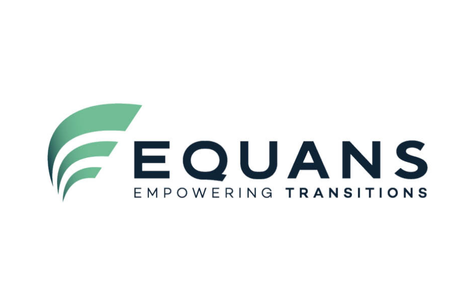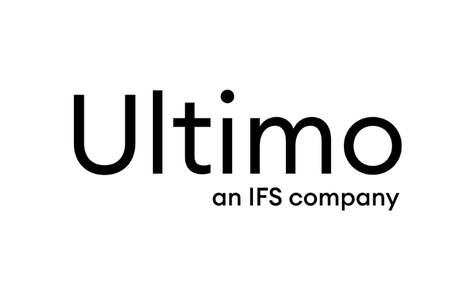5 Tips for successful planning & scheduling in Maintenance
Planning and scheduling are crucial components of effective maintenance management. Well-organised work planning can not only increase the efficiency of maintenance processes, but also contribute to equipment reliability and longer plant life. Here we share five essential tips to take your maintenance planning and scheduling to the next level.
1. Start with thorough work preparation
Solid work preparation is the foundation of any successful maintenance process. This includes:
- Clear job descriptions: Make sure everyone involved knows exactly what needs to be done.
- Required materials and tools: Check that everything is available before work begins.
- Risk analysis: Identify possible obstacles and draw up a plan to circumvent them.
A well-prepared task reduces downtime and avoids surprises during execution.

2. Prioritise maintenance tasks effectively
Not all maintenance tasks are equally urgent. Use techniques such as a Criticality Analysis to prioritise. Focus on:
- Equipment critical to business continuity.
- Tasks that have a direct impact on safety or environmental goals.
- Tasks that can prevent costly downtime.
A structured approach prevents less urgent tasks from delaying the most important work.
3. Integrate planning with other processes
Planning and scheduling should not be stand-alone processes. Integrate them with other disciplines such as production planning and inventory management. This ensures:
- Better coordination: Avoid conflicts between maintenance and production.
- More efficient material flows: Minimise waiting times for parts.
- Higher flexibility: Better anticipate unexpected changes.
Communication between teams is crucial for success here.
4. Make use of advanced tools and technology
Modern technologies make it easier than ever to optimise planning and scheduling. Think of:
- Computerised Maintenance Management Systems (CMMS): These systems help manage maintenance data and schedule tasks.
- Predictive Maintenance tools: Predict failures before they occur to proactively schedule maintenance.
- Mobile solutions: Give technicians access to schedules and job descriptions via mobile devices.
Investing in the right tools can greatly support your maintenance team.
5. Continuously evaluate and improve
Successful planning and scheduling are never ‘done’. Conduct regular evaluations to identify what works well and where improvements can be made. Consider:
- KPIs such as Mean Time to Repair (MTTR) and Mean Time Between Failures (MTBF).
- Feedback from technicians and managers.
- Trends in failures and maintenance needs.
By consistently evaluating and adjusting, you keep making progress.
Conclusion
Successful maintenance planning and scheduling are essential for minimising downtime and maximising efficiency. By combining sound work preparation, effective prioritisation, integration with other processes, use of technology and continuous improvement, you can build a maintenance strategy that is both reliable and future-proof.
Want to know more?
- Training courses on Maintenance Management: Learn more about how to optimise maintenance processes.
- Predictive Maintenance Tools: Discover technologies that support predictive maintenance.
- KPIs for Maintenance: Understand key maintenance indicators such as MTTR and MTBF.






